
The moth is not only the well-known small and inconspicuous butterflies, the caterpillars of which spoil clothes and groceries in the kitchen. Generally speaking, moths are a vast group of insects, remarkable for their biology and often their appearance.
For example, the photo below shows the leopard mole at high magnification:

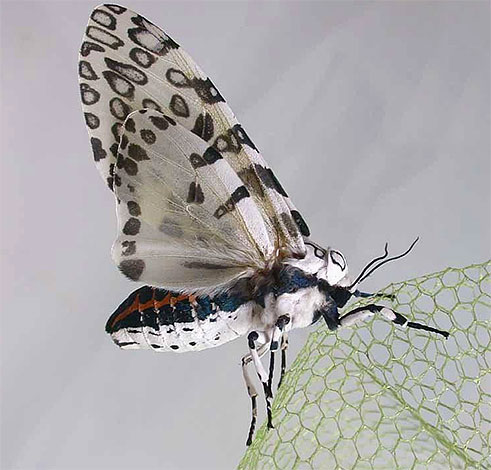
Among the moles there are both very large and bright, as well as small and completely nondescript butterflies. At the same time, moths live on all continents and have managed to adapt to completely different conditions of existence.
Their caterpillars feed on wool and bark, horns and wax, leaves and even ant eggs - it is difficult to find a wildlife object unrelated to moths. But at the same time, any stunningly bright tropical moth and inconspicuous ward moth have structural features that unite them into one taxonomic group and make them similar to each other.
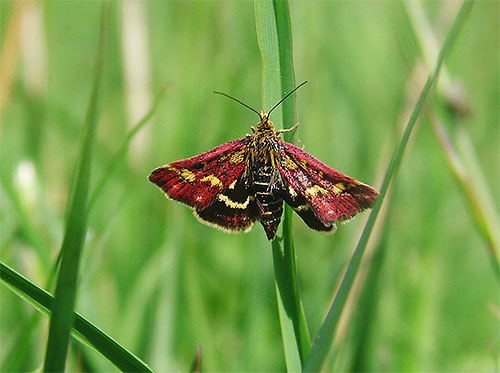
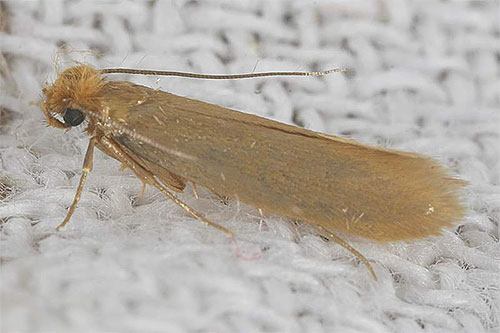
It is interesting
In English, there is no complete analogue of the Russian word "mole". The word "moth" in the English-speaking countries means both moles and large moths, even scoops and silkworms.
Mole as it is
It is accepted to call as moles all representatives of the group of microplate-winged butterflies, which are of relatively small size and for the most part lead a night and twilight lifestyle.
Another distinctive feature of moles is the structure of their jaws - the mouth apparatus of a moth, usually of a gnawing type, allowing moth butterflies to eat very coarse food. (that’s why you shouldn’t be surprised why the moth has no proboscis, like many butterflies). Some moths in the adult state are not able to feed at all and live, spending the energy reserves accumulated at the caterpillar stage.
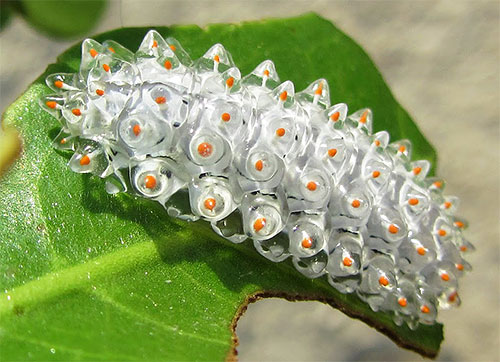
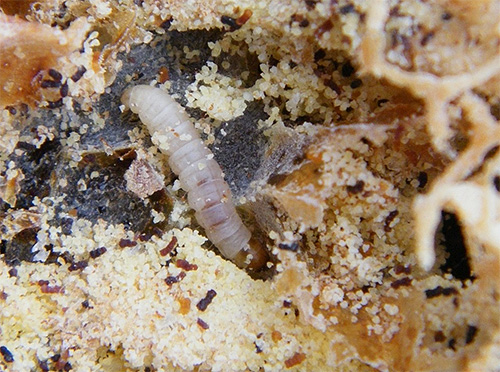
Their jaws can be reduced to a certain extent.
The photo below shows the clothes mole and its caterpillar. The latter is known for being able to gnaw holes even in semi-synthetic tissues.
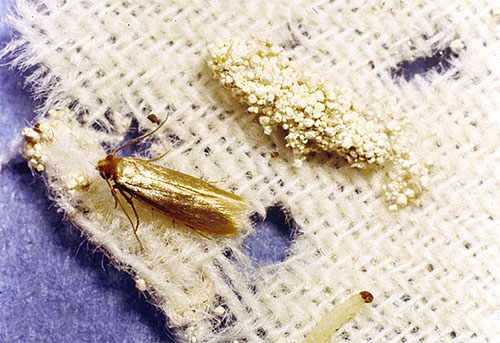
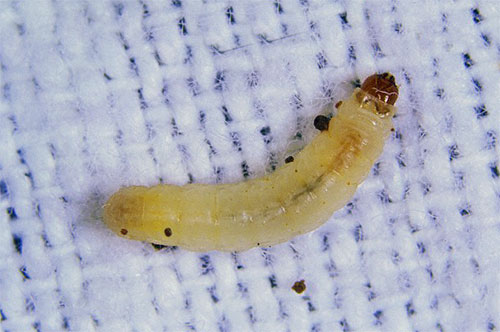
The jaws of the gnawing type give researchers a reason to believe that the moth is a more primitive insect than the rest of the butterflies, which have developed feeding mechanisms with the nectar of flowers through the proboscis.Perhaps it was the ancient moths that were the progenitors of all the other butterflies. Nevertheless, it is powerful jaws that can crack even the walls of fruit bones and seeds, which led to the fact that the moth is an insect, less whimsical to food sources than other butterflies.
On a note
A group of moles combines a huge number of species of butterflies. According to rough estimates by scientists, more than 73,000 species of lepidoptera may be called moles, some of which are even invisible to the naked eye.
It is characteristic of moles and the fact that in many species the caterpillars lead a secretive way of life and are very subtle. In this case, it is the caterpillars that are the most active pests of plants, and in man’s dwelling - tissues and food supplies.
In the pictures below - wax moth larva in the beehive:
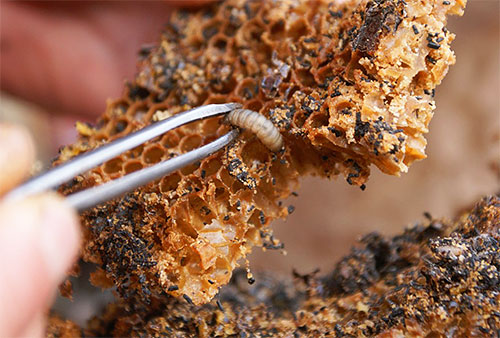
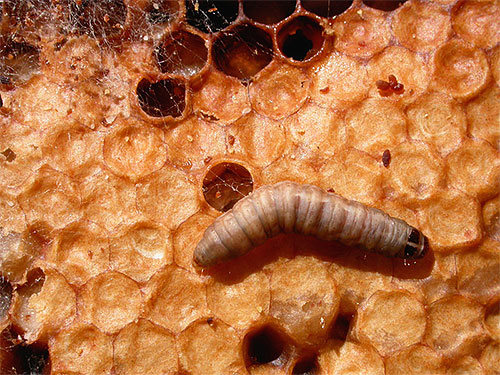
What moths look like: all variety of colors and shapes
Butterflies and caterpillars of different types of moths look different.
Moths, which are household pests, are butterflies of small size with wings about 5-7 mm long, which they fold by a characteristic triangle (see photo). The color of most house moths is unattractive, only some species have at least some memorable patterns on the wings.
For example, a photograph of a clothes moth:

In the picture below - barn flare:
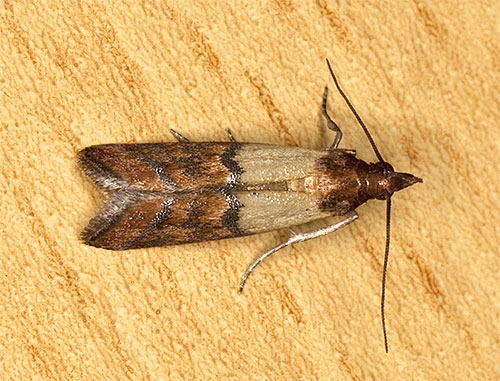
And in the next photo - ermine bird-cherry moth, widely known in almost all European countries:
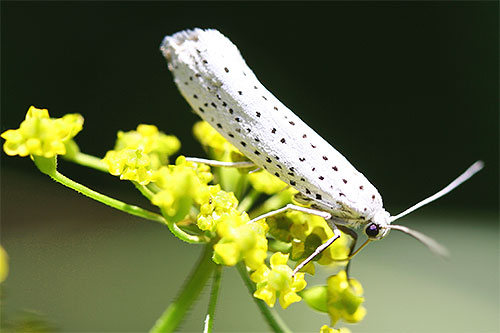
Almost all moles are characterized by very narrow folded wings. This well distinguishes them from the rest of the butterflies with rounded and quite noticeable wings. In this case, not all moths, sitting on a solid surface, hold their wings in the manner that the food or clothes moth does.
For example, ermine moles are characterized by folding the wings with a pyramid with a small protrusion in the back. In the photo - Argyresthia brockeella butterfly moth:
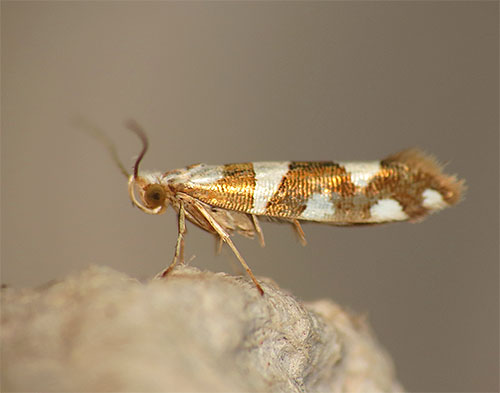
There is a whole group of moths mottled, which fold their wings into narrow tubules and hold them perpendicular to the abdomen. At first glance, it is difficult to say that this insect is a mole.
On the photo is the motley moth Caloptilia hemidactylella:

And finally, it is among the moles that the largest number of species in the butterfly squad demonstrates the wonders of disguise. Given their small size and low flying qualities, the ability to be imperceptible to predators is vital for these insects.
For example, the photo below shows a butterfly of a low-winged moth.With folded wings, this mole looks like a rust fungus on a leaf, which is very common in its habitats:

And in the next photo - a snow moth (Acleris logiana) on birch bark, which it very successfully copies:
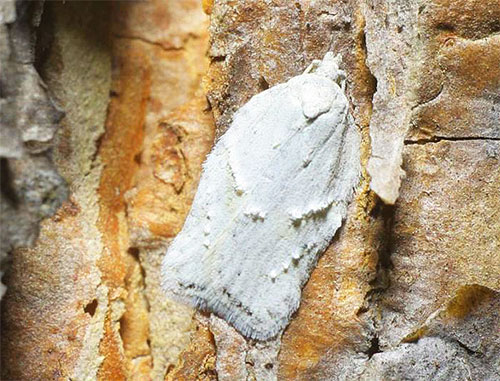
But there are among the moles and species that disguise is not needed. For example, wax moth is a parasite of bee hives. Adult butterflies and caterpillars secrete a special substance by which the bees identify them as their own and thereby do not touch them. At this time, the caterpillars themselves feed on garbage in the hives, often without disdaining honey and even bee brood.
Lifestyle and nutrition: are all moths harmful?
Most moles lead a secretive or nocturnal lifestyle. In some species, the larvae are very inactive and develop in the same place where they hatched from the egg, only in the absence of food, moving for short distances.
In some species, even adults are not particularly inclined to travel. For example, a female of the same clothes moth does not know how to fly, but only crawls on clothes and the inner surface of cabinets:

In nature, many moths, precisely because of their gnawing abilities, turn out to be important links of various biocenoses.To call them pests the language does not turn - it is thanks to them that a large amount of organic matter is processed.
For example, many moths are keratophagous, that is, they feed on the horn formations of various animals. So, it is the moths that process a large amount of feathers, hair, and horns of wild and domestic animals. The life of these "utilizers" of keratin is not very noticeable - they swarm mainly in the nests and burrows of wild animals - but their work is very important for ecosystems as a whole.
It is interesting
There are also moths that gnaw the horns of wild mammals on the hosts themselves. For example, moth caterpillars Ceratophaga vastella gnaw keratin in the horns of African antelopes and buffaloes, and the larvae of the related species Ceratophaga vicinella feed on the shells of dead turtles.
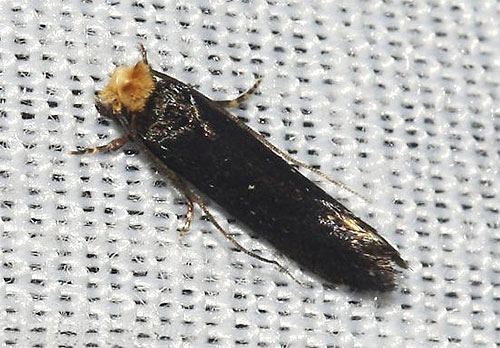
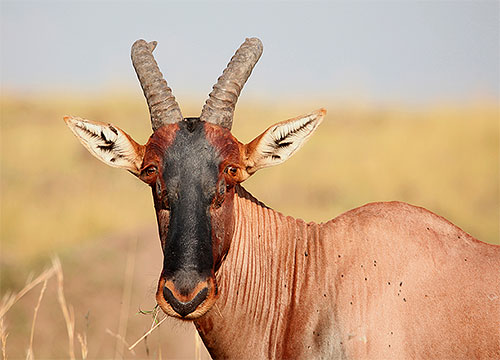
A huge number of species of moles are typical phytophages: their caterpillars feed on various plants. For example, these are all ermine and mining moths. Moreover, some of their species are so small that their caterpillars live inside the leaves, leading to the appearance of blisters on each leaf - min.
Adult butterflies can feed on flowers, nibbling on petals or stamens, or they can “fast” their entire adult life.Such, for example, is extremely dangerous for parks. chestnut moth. The photo below shows its adult and larva:
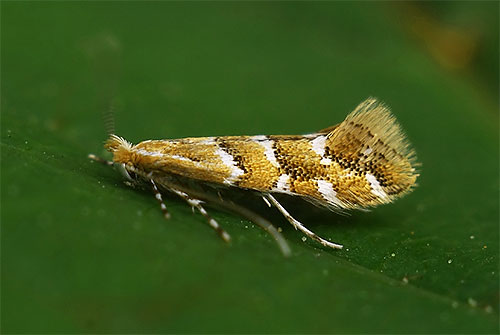
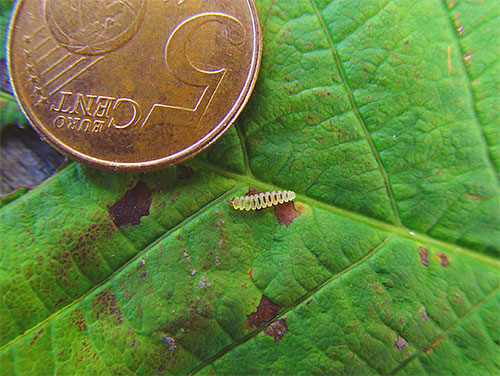
But there are also moths that feed on weeds and are thereby able to restrain their reproduction. Moreover, some of them feed even on such plants that are hardly edible for other insects, such as wormwood (although it would seem that wormwood should scare away moths and other insects).
How mole multiplies
All moths are very strongly tied to those substrates on which their caterpillars feed. The females almost immediately after they leave the pupa mate with the males and begin to lay eggs, usually directly on the plant or object that the larvae will later eat.
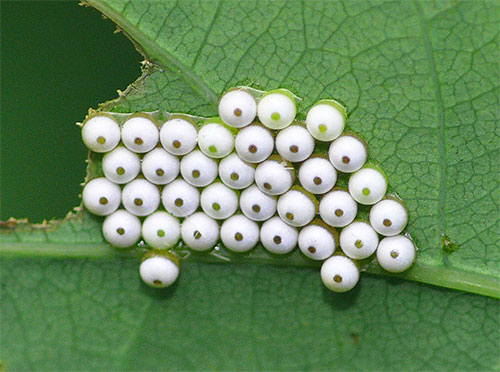
One female makes only one laying of eggs (approximately 5-6 hours later after mating). After another 5-6 days, she dies.
Moths multiply very quickly. For example, cabbage moth in the warm regions of our country gives up to 6 generations in the spring and summer season. But the clothes moth for the year gives only one generation - after all, its food is much less nutritious, and the caterpillars on such provisions cannot develop very quickly.
The larvae of different moles vary greatly in appearance.Most of them are white or light yellow caterpillars with a pink or brown head and few transparent hairs. Such, for example, is the larva of the clothes moth shown below:
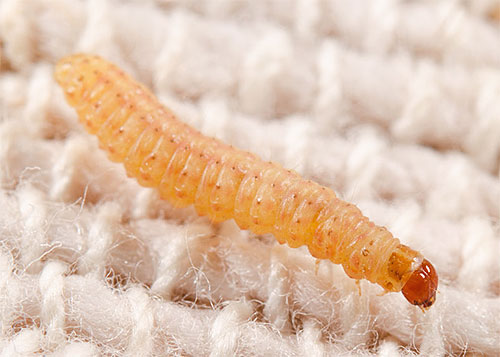
And in the next photo - moth caterpillar Pandemis corylana:
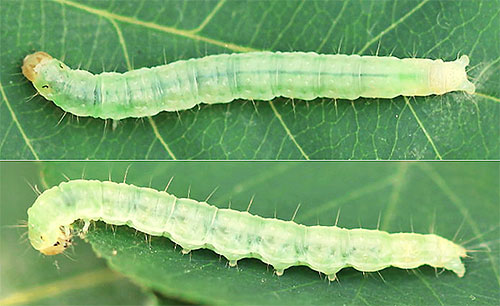
Moth as a pest
Typical pests of agriculture and household are only a few types of moles. They belong to several different genera and families - real moles, ognevok, ermine moles, speckled moles and some others.
- Fur coat mole is the thunderstorm of all coat stores. In the photo below - the female moth and fur coat, spoiled by the larvae.
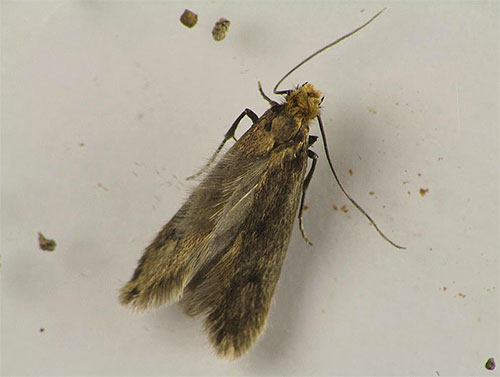
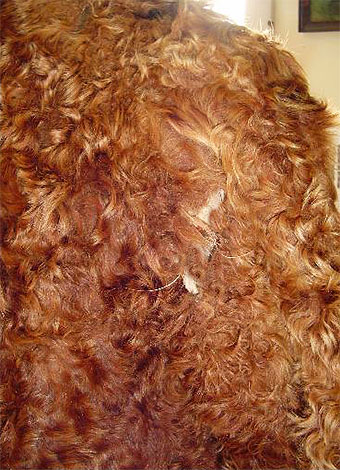
- Clothes moth - close to the coat of the species. It prefers to eat on wool products.
- Potato moth - a butterfly that can lead to serious crop losses.
- Cabbage moth is a relative of potato and thunderstorm of cruciferous plants.
- Barn flare - it is often called the food moth. Its larvae develop in cereals and groceries.
- Chestnut mining mol - the cause of the death of a huge number of chestnuts throughout Europe.
All in all, such pest moles number several dozen species. This can also be attributed to the wax moth, greatly harming bee hives.

It is interesting
Many moths are known for producing resistance to various insecticides very quickly. For example, the cabbage mole is an insect that first developed resistance to Entobacterin, which for some time was a universal means of combating insect pests.

Due to the long history of man’s relations with moths, a large number of means are now known to effectively destroy these pests in homes, gardens and industrial plants. Almost all moths die from insecticides of neuroparalytic action, many “domestic” species are afraid of the smell of lavender and eucalyptus.
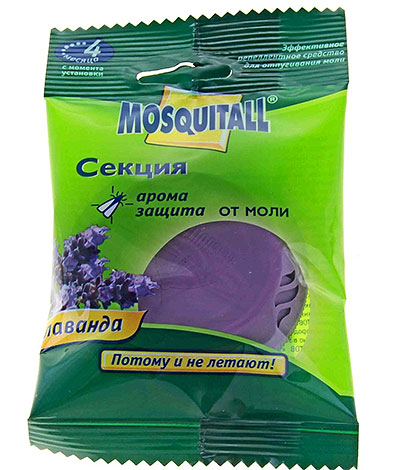
The choice of means to combat moths today is quite large: read more about the preparations and methods for effectively fighting moths in the relevant section of our website “How to get rid of moths”.
The original way to get rid of moth in the apartment and in the kitchen
Interesting Video: Acraga Coa Crystal Caterpillar

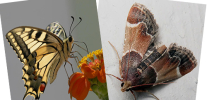
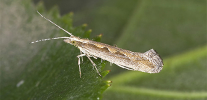
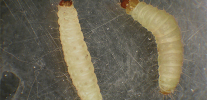
I probably had moths. Where did they come from, if I have no fur coats? ..
Is the mole deaf or not?
Interesting article